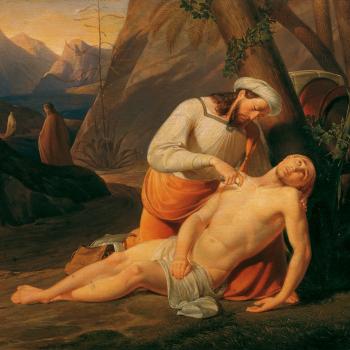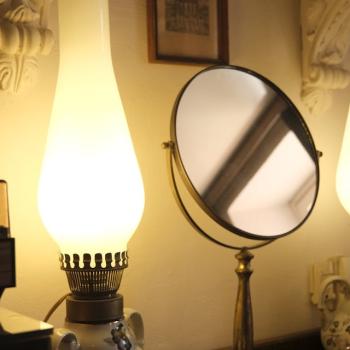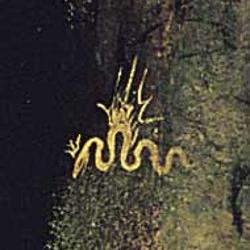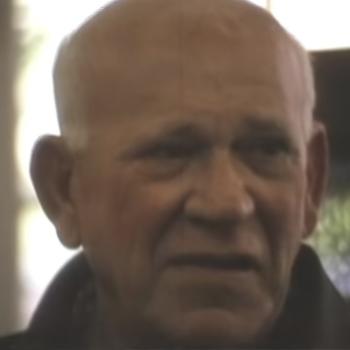Kinkade claimed, “I like to portray a world without the Fall.” My professional colleagues dismissed Kinkade’s work as harmlessly trite, uninteresting, nostalgic, and sentimental illustrations that provide consumers with an “art-like” experience without the rigors and demand of attending seriously to learning the tradition of serious art. . . .
But from a theological perspective, his work is not merely problematic, it is dangerous. Kinkade and his devotees have long railed against the nihilism of modern art and the contemporary art world. But because it denies the very foundation of our relationship to God in Christ, Kinkade’s work is more nihilistic than anything Picasso and Pollock could paint, or Nietzsche and Sartre could write.
Because it is an outgrowth of his (imagined) view of a world “before the Fall,” Kinkade depicts a world governed by obedience to the law. . . . But the Edenic world Kinkade projects is pretty much the fallen world without the dirtiness of the city and the inconvenience of other people, a weekend getaway in the country. All we need to do to return to Eden is get our lives in order. Kinkade’s much ballyhooed “light” merely adds atmosphere and glow, a pleasant touch to an already charming scene. And because it makes us so comfortable, it is a very dark light indeed.
Kinkade’s work is the meticulously painted smile on the Joker’s disfigured face. It refuses to deal with the fallenness, brokenness, sinfulness of the world. And more troubling, it enables his clientele to escape into an imaginary world where things can be pretty good, as long as we have our faith, our family values, and a visual imagery that re-affirms all this at the office and at home. . . .
But Kinkade’s work refuses to take us to the end of ourselves, refuses the confrontations and disruption that could open us up to grace. His images give us a world that’s really okay, a world in which all we need is home and hearth, a weekend retreat, a cozy night with the family to put us right with God. It is a world devoid of pain and suffering; devoid of any fear of insanity or suicide. As a result, it is also a world without grace, without the Word that offers it. Kinkade’s multi-million dollar empire was built on our fallen human refusal to confront our innate hopelessness and our need to do what the Ninevites did in the book of Jonah, rip our clothes, put on sackcloth and ashes, and beg for God’s grace. “Who knows? God may turn and relent and turn from his fierce anger, so that we may not perish” (Jonah 3: 9).
Although his visual imagery refused to acknowledge violence and desperation, Kinkade’s personal life was full of it. I can only imagine the excruciating pressure he felt to live up to these deceptively dangerous paintings, which deprived him of the grace he so desperately needed. If only Kinkade could have used his considerable artistic gifts to produce work that came out of his fear, anger, desperation, and his struggle with faith in Christ, he just might have become a painter of Light.
via The Dark Light of Thomas Kinkade.
Read it all. Dr. Siedell’s complaint is about works that are all law, while implying that we can easily keep that law. That encourages complacency, self-righteousness, and salvation by works. He argues for work that destroys our complacency, while opening us up to God’s grace in Christ. That is to say, Dr. Siedell is applying a Law/Gospel hermeneutic to art criticism!
HT: Ben Guido
















